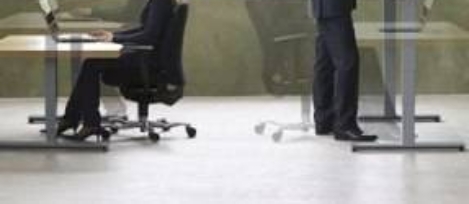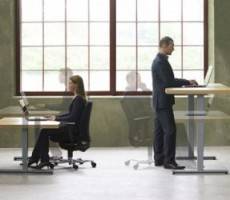February 8, 2016
CIPD joins forces with the UK Government to tackle workplace cyber security 0
 Human resources has a key role to play in improving the cyber security of UK workplaces. That is the key challenge addressed by a new joint initiative from the Chartered Institute for Personnel and the Development and the Department of Culture, Media and Sport. Data breaches cost companies up to an average of £1.46 million are often a result of human error and malice, according to the CIPD. The initiative includes a free online course called Cyber Security for HR professionals as part of a wider initiative to promote the importance of cyber security at work, as well as the critical role that HR has to play in ‘mitigating the competency and behavioural risks present in the workplace’. Government figures released last year indicated that the costs associated with the most severe breaches now start at £1.46 million for large businesses, up from £600,000 in 2014, and can reach up to £310,000 for small businesses, up from £115,000.
Human resources has a key role to play in improving the cyber security of UK workplaces. That is the key challenge addressed by a new joint initiative from the Chartered Institute for Personnel and the Development and the Department of Culture, Media and Sport. Data breaches cost companies up to an average of £1.46 million are often a result of human error and malice, according to the CIPD. The initiative includes a free online course called Cyber Security for HR professionals as part of a wider initiative to promote the importance of cyber security at work, as well as the critical role that HR has to play in ‘mitigating the competency and behavioural risks present in the workplace’. Government figures released last year indicated that the costs associated with the most severe breaches now start at £1.46 million for large businesses, up from £600,000 in 2014, and can reach up to £310,000 for small businesses, up from £115,000.

































February 9, 2016
Career progression stalled by lack of respect for mums who work part-time 0
by Sara Bean • Comment, Flexible working, Legal news, News, Workplace
More →